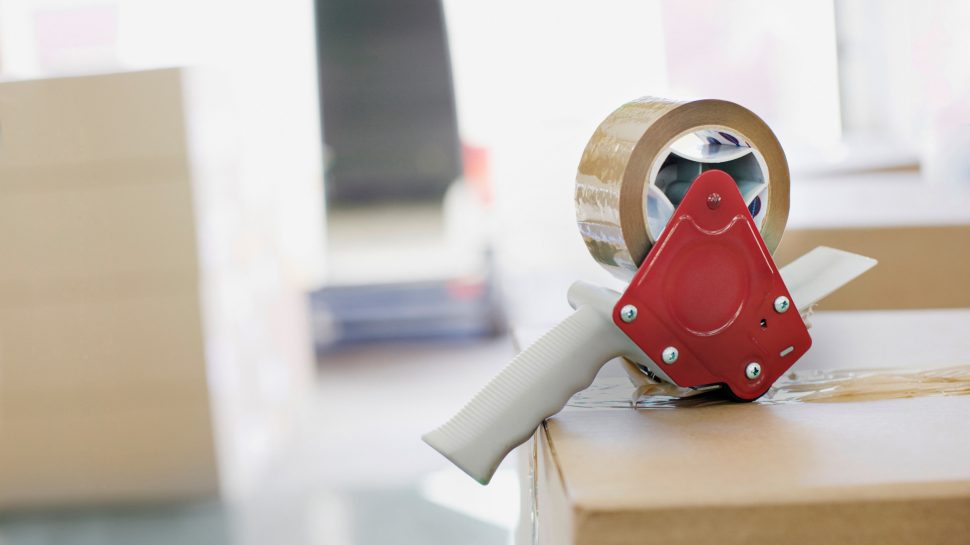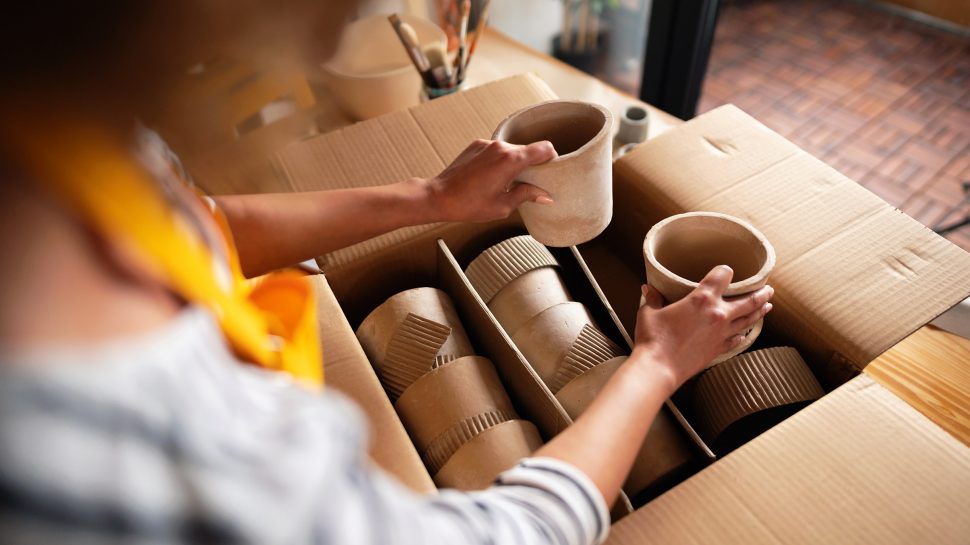How to package your online orders like a pro: Top tips for eCommerce businesses
This guide answers the most common questions about packaging online orders. Good packaging protects your items, reduces the risk of returns, improves the customer experience, and reinforces your brand.

Key points
- It’s important to know the rules for packaging and sending the items your online store sells.
- Set up checklists or guidelines so everyone in your team knows how to pack items correctly.
- Having healthy stocks of the right packaging on hand means your orders will be out the door quickly.
Plan your packaging strategy
It’s easy to pick the eCommerce brands that have spent time perfecting their packaging. Their boxes and parcels are a joy to open, with thoughtful touches and stand-out designs working wonders for their brand.
The brands that get it right reap the rewards. A well-packaged parcel helps to protect the items within, reducing the risk of damage (and, by extension, returns). What’s more, great packaging helps improve the customer experience, which may increase the likelihood of repeat business and referrals.
To help you plan your packaging strategy, here are some key things to keep in mind.
What are the rules for packaging parcels for your online business?
There are guidelines for packaging and sending different items, and it’s important to familiarise yourself with those that are relevant to what you’re sending. To begin with, you need to make sure your parcel is packed in such a way that it:
- prevents injury to any person handling the article
- prevents the contents escaping and causing damage to other postal articles
- prevents damage to equipment and vehicles, particularly aircraft, during transit
- protects the contents from loss or damage caused by its handling during transit
- protects the contents from the effects of climate, including changes in atmospheric pressure during air carriage and extremes of temperature
If you’re sending perfumes or aerosols, or packaging fragile goods or perishable food items, there are specific rules to follow. These are detailed in our Prohibited and Restricted Item list and packaging guide (PDF 1.1MB).
What packaging should you choose?
There are many options out there when it comes to packaging, including boxes, satchels and tubes.
Tips for choosing packaging:
- Take some time to collect quotes and samples of different sizes and styles, or you might prefer to use your own packaging to reflect your brand.
- Avoid external packaging that’s overly shiny or high gloss, as it may slip off our equipment and cause delays for your deliveries.
- Select the correctly sized packaging for your products. Half-empty boxes could collapse, while boxes stuffed to the brim may burst. Getting the size just right will not only help protect the item, but it can also help reduce postage costs and may lead to more environmentally friendly shipping, as you’re not wasting precious space during the parcel’s journey. With 3 in 4 Australians thinking about some element of sustainability when they shop online1, it’s a worthwhile consideration.
- Check out our flat rate packaging and prepaid satchel range.

How can you create packaging guidelines for your team?
To help all the people in your team follow the right steps and use the correct packaging when preparing orders for shipping, create some guidelines for your business. Clearly illustrate which types of packaging to use for each product and consider creating checklists that describe and explain each step of the packing process – from choosing the right box size to attaching your labels correctly.
What cushioning and fillers should you use?
Whether you use shredded paper, tissue paper, corrugated cardboard or another type of filler, stock up on your chosen cushioning – especially if you sell delicate items that need extra protection in transit. You want to make sure that whoever is packing your items never has to scrimp on this important part of the packaging process. Using the right amount of cushioning will give your items the best chance of arriving safely without causing damage to anything around them by leaking or breaking.
While you’re at it, buy other packaging essentials like tape in bulk so you’ve got everything you need to get orders out the door, fast.

How should you label a parcel?
Once you’ve carefully packed your product and sealed the box or satchel, the last thing you want is for a poorly placed label to stop the item from arriving safely at the customer’s home. On boxes, labels should be placed on a clean, flat surface. Don’t wrap them around edges or place over a fold, and ensure the label isn’t partially covered by tape or strapping. For satchels, place your label in the middle of the satchel on a flat surface and avoid overfilling.
Printing labels in black ink on a matte white label will ensure it can be clearly read and scanned at all points on its journey, too. By taking these steps, you’re helping to ensure that your parcels can move smoothly and efficiently through our network, without them needing to be handled individually if they fail to scan. It all adds up to creating the optional delivery experience for your customer.
What’s the final step after packaging?
Now it’s just time to lodge your parcel. Depending on which service you use, this can be done at a Post Office, Business Centre or even picked up from your business. Read our article on different shipping strategies your business can use, and check our Postage Calculator to determine the sending costs for Australian and overseas parcels today.
Key takeaway: package smart, ship with confidence
Packaging isn’t just a box – it’s part of your customer experience. By knowing the rules, choosing the right materials, cushioning items properly, and labelling with care, you can send parcels that arrive safely, represent your brand well, and keep customers coming back.
This article was originally published on 18 November 2022, and has been updated with new information.
Want to save money on parcel sending?
Want to save money on parcel sending?
The more you send with MyPost Business, the more you save. In fact, you can save up to 40% off domestic parcels and up to 35% on international parcels.
1 Australia Post Consumer Segmentation, wave 2 Aug 2021



